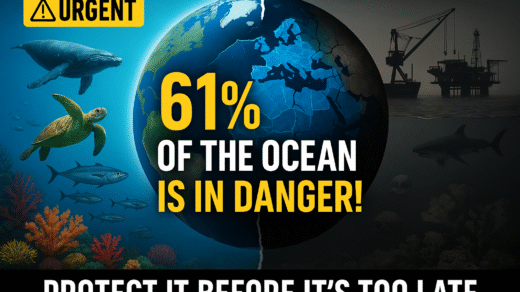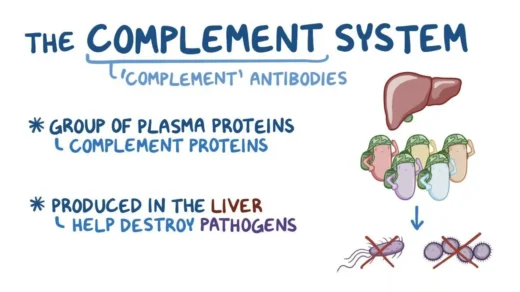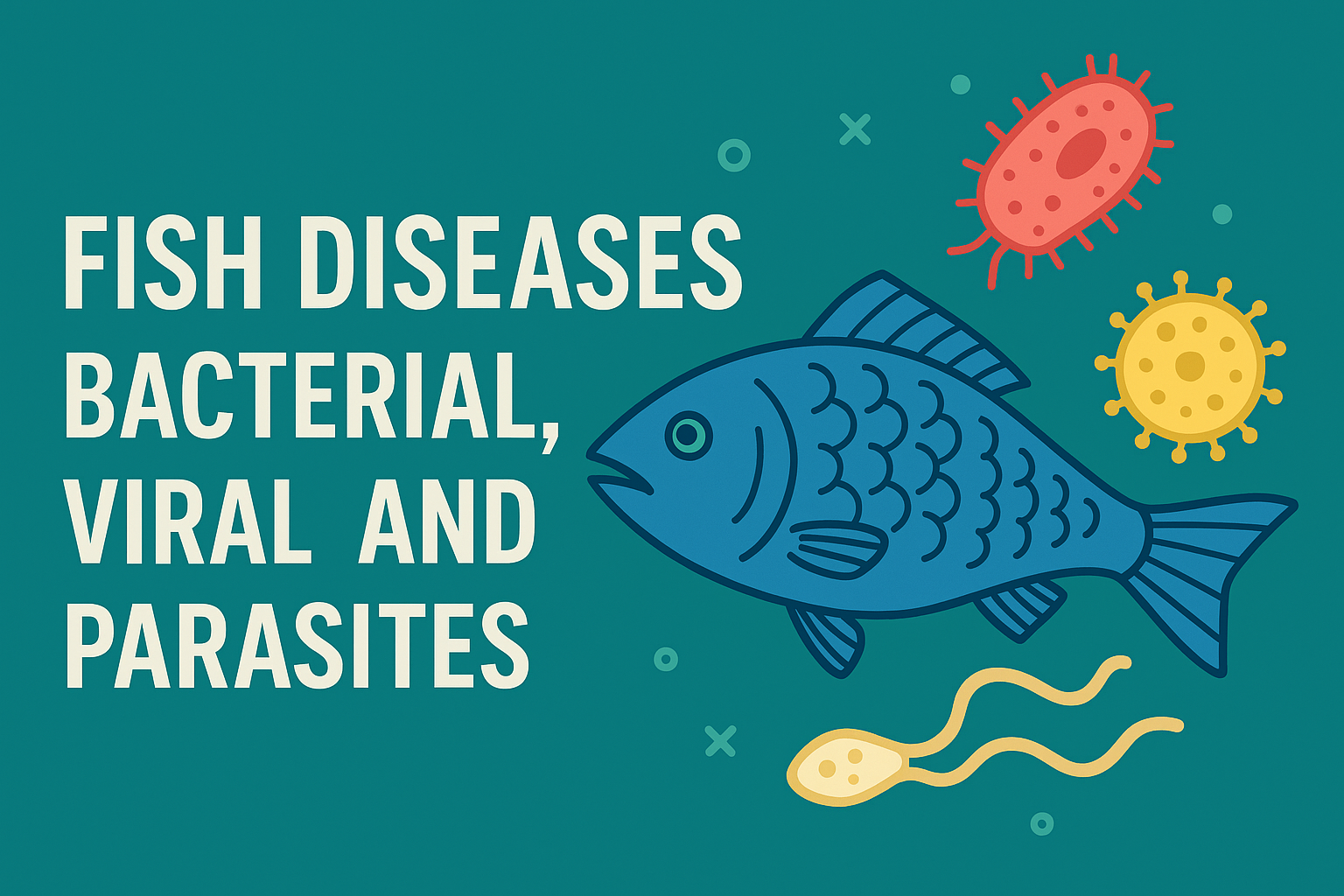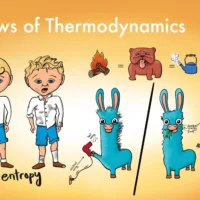For ages, the idea of talking with animals has been a comforting thought, something straight out of ancient myths or bedtime stories. But today, this old human dream is beginning to take shape as real science.
Thanks to powerful new tools especially machine learning and generative AI researchers are closer than ever to decoding “the complex languages of so many different species.” It feels almost magical, “a bit like living out a Dr. Doolittle fantasy.”
Beyond the wonder, this breakthrough could, as some scientists suggest, “totally change how we see the natural world and our own place in it.” Even Charles Darwin once mused that humans might have learned to speak by “mimicking birdsong,” hinting that our ancestors’ first words could have been a kind of interspecies exchange.
Maybe, just maybe, “it won’t be long before we join that conversation again.”
PODCAST IN HINDI
{AI GENERATED}
Why are scientists trying to talk to animals?
The push to translate what animals are saying is really heating up, and there’s a lot at stake – not just a place in history but also significant funding. For example, the Jeremy Coller Foundation has put up a whopping $10 million for the researchers who can crack the code. This isn’t just about curiosity; it’s a race fuelled by the power of generative AI, where large language models can sift through millions of recorded animal vocalisations to uncover their hidden grammars. Many projects are focusing on cetaceans, like whales and dolphins, because, much like us, they learn through vocal imitation and communicate using complex arrangements of sound that seem to have a clear structure and hierarchy. This shared vocal learning ability makes them particularly fascinating candidates for interspecies communication efforts.
What did early animal communication experiments teach us?
Trying to speak with animals isn’t a new quest; it goes back decades, even if early attempts weren’t always a roaring success.
In the 1960s, some scientists tried raising chimpanzees exactly like human children. One famous case involved a chimpanzee named Vicki, who was given speech therapy and treated just like a child. However, after three years, the harsh reality became clear: chimps simply can’t produce human speech sounds, no matter how much we might wish they could.
So, the focus shifted. Instead of forcing apes to talk like us, researchers started teaching them sign language. This approach led to some incredible animal “celebrities,” such as Washoe, Nim Chimpsky, and, of course, Koko the Gorilla, who was famously said to know over 1,000 signs. From the outside, it looked astonishing—but dig deeper, and the picture changes. The apes weren’t truly creating complex sentences with grammar, inventing new words, or asking spontaneous questions. The “conversation” was often one-sided, more like responding to human cues than genuinely chatting back.
Dolphins also had their turn in these early experiments. Back in 1964, a rather wild experiment placed a dolphin named Peter in a half-flooded house in an attempt to teach him English. While it sounds like science fiction, it led to little progress and raised serious ethical concerns.
A few years later, however, Louis Herman made a real breakthrough by flipping the approach. Instead of English, he created simple electronic sounds that dolphins could easily distinguish. Each sound carried meaning, and the results were groundbreaking: dolphins not only understood them, but also grasped syntax. In other words, the order of sounds mattered. For instance:
- “Human ball fetch” was not the same as
- “Fetch ball human.”
That might sound basic to us, but for animals, it’s an incredibly tough concept—and dolphins showed they could handle it.
Some early experiments failed spectacularly, while others succeeded in unexpected ways. But crucially, they all provided hard-learned lessons that continue to shape animal communication research today.
Are animals already communicating with each other?
Over time, it’s become abundantly clear that animals don’t need us to give them language; they already possess their own rich and complex communication systems. To our ears, it might often sound like a “massive cacophony,” but beneath that apparent noise lies intricate structure and profound meaning. The real problem wasn’t that animals lacked communication abilities; it was that we, as humans, simply lacked the right “hardware and software” to truly grasp it.
According to a researcher;
“The silence was never theirs—it was our deafness.”
Just take prairie dogs, for instance: their calls are incredibly sophisticated, able to describe a predator’s size and even its color. They can essentially say “big black hawk” and have specific “words” for predators that appear frequently. Vervet monkeys are another brilliant example; they warn their groups with distinct alarm calls depending on the specific predator, whether it’s an eagle, a leopard, or a snake.
Elephants and whales use low-frequency messages that can travel for miles through their environments, ensuring that far-flung members of their groups stay connected. And bees? They literally dance—their famous waggle dance—to tell other bees exactly where to find flowers and how far away they are.
Animals are, without a doubt, already talking; we are simply, finally, learning how to listen.
How is AI changing the way we understand animal language?
The real game-changer in this field is machine learning. With powerful neural networks, we can now process vast oceans of animal sound data and detect patterns that the human brain would never be able to pick up on its own.
This is where things get truly exciting: AI helps us move past our own human biases. After all, animals don’t live exactly like us; they don’t experience time, sound, or even the world in the same way we do.
But let’s be clear: machine learning isn’t some magical “universal translator.” You can’t just throw AI at a dolphin or a prairie dog and instantly expect subtitles to appear on a screen. It’s a tool—not a miracle.
And just like any tool, it still depends on people. “AI can find the patterns, but it takes human eyes and human minds to find the meaning.” That’s why this work still needs skilled biologists, linguists, and field researchers—those who spend long hours watching, listening, and recording the tiny, nuanced details of animal behavior.
In other words, even in the age of AI, the human connection remains essential. The machines may crunch the data, but it’s the patience, empathy, and curiosity of people that turn those patterns into understanding.
What are the most exciting animal communication projects using AI?
Right now, several fascinating projects are diving deep into the world of animal communication with the help of advanced technology:
Project Ceti (Sperm Whales)

This global initiative, the Cetacean Translation Initiative, involves over 50 scientists working to decode the communication of sperm whales. Sperm whales communicate using rapid sequences of clicks called “codas,” each lasting as briefly as 1,000th of a second.
These codas appear to form “sentences” and even show regional accents, akin to human dialects. Led by linguist Gashper Bush and marine biologist David Gruber, the Project Ceti team is building an enormous dataset, comprising thousands of hours of whale sounds, complemented by video and even heart-rate sensor data. They’ve discovered that zooming in on the precise timing of these clicks reveals a rich structure, a system capable of carrying significant amounts of information. The interdisciplinary mix of linguists and marine biologists is what makes this project so powerful; neither field could achieve this alone. Project Ceti has already identified a click that might function as a form of punctuation, and they optimistically hope to “speak whaleish” as soon as 2026.
Zu Lingua (Prairie Dogs and Dogs)

At Northern Arizona University, Consikov and his team have successfully used speech recognition software on prairie dog calls. Their research confirmed that prairie dogs indeed use adjectives, such as “big black hawk,” when communicating about predators. Building on this remarkable success, Zu Lingua is now expanding its exploration into dog communication. They’re not just studying barks but also incorporating observations of body language, facial expressions, and actions to map out how our closest companions are truly talking with us.
Earth Species Project

This ambitious group is aiming broadly, with the goal of decoding communication across a wide array of species. Their program, NatureLM Audio, has already been trained on an astonishing 25 million animal sounds. Now, they are rigorously testing it with various animals, including crows, finches, and belugas. The early signs from this widespread research look incredibly promising.
Dolphins (Woods Hole Oceanographic Institution)

Researcher Laya Sig and her team at Woods Hole Oceanographic Institution use non-invasive hydrophones and digital tags on known individual dolphins. They’ve managed to pinpoint “signature whistles,” which are essentially unique dolphin names. Beyond these, they are also identifying non-signature whistles. Through clever playback experiments, they’ve uncovered what might be an alarm call, and another intriguing whistle they jokingly refer to as the “WTF whistle” – a sound dolphins make when surprised.
Google has even released DolphinGemma, an AI program trained on 40 years of data to translate dolphins, further advancing this field. In 2013, scientists using an AI algorithm on dolphin communication identified a new click in their interactions, which they realized was a sound they had previously taught the pod to associate with sargassum seaweed – marking the first recorded instance of a word passing from one species into another’s native vocabulary.
Elephants (Elephant Listening Project)

With an immense collection of over 300,000 hours of elephant “rumblings,” Dr. Michael Partardeau’s team noticed something truly fascinating: elephants might actually use names. After feeding this vast dataset into a machine learning model, they could predict which elephant was being called about 25% of the time. Even more compelling, when they played back a predicted call, the correct elephant responded strongly, offering compelling confirmation of their hypothesis.
Cuttlefish (Washington University)

Dr. Sophie Coinz is studying cuttlefish, creatures renowned not just for their camouflage abilities but also for their use of dynamic skin patterns and arm movements to communicate. She has identified four common arm movements and observed that cuttlefish don’t just mimic each other’s signals; they respond in distinct ways. Hydrophone experiments have also revealed that they sense vibrations in the water, hinting at a hidden layer of communication beyond the visual. The current goal is to precisely match these skin-color patterns and gestures with specific behaviors using advanced algorithms.
How does human activity affect animal communication, especially whales?
While we’re busy trying to decode animal languages, we shouldn’t overlook the fact that other species are already eloquently demonstrating the profound impact we have on the natural world. A healthy planet is a loud one. Vibrant coral reefs, for example, pop and crackle with life. But soundscapes, much like ecosystems themselves, can decay. Degraded reefs become hushed deserts, starkly illustrating the loss of life.
The oceans, in particular, have grown significantly louder due to human activity. Since the 1960s, background noise levels in the seas have risen by about three decibels per decade, driven largely by shipping and mining operations. The irony is hard to miss:
“The very act of mining the minerals we need to communicate with each other is drowning out the voices of whales.”
Humpback whale songs—incredible vocal performances lasting up to 24 hours—occupy the same low-frequency bandwidth as deep-sea dredging and drilling. These songs are not just noise; they are structured compositions, complete with rhymed phrases, evolving in cycles known as “song revolutions.” In these revolutions, an entirely new composition replaces the old. Imagine if artists like Nina Simone or The Beatles erased their entire back catalog with every new release—that’s the scale of this natural phenomenon.
These songs are essential during migration and breeding seasons. Yet in today’s increasingly industrial soundscape, whale song is being pushed out of its natural bandwidth, sometimes into silence. Humpbacks will literally stop singing rather than compete with the roar of shipping lanes, even when vessels are as far as 1.2 kilometers away.
Whale songs also hint at an experience of time radically different from our own. Their voices can travel for miles across open water, carrying an emotional resonance that spans oceans. Just imagine the immense swell of oceanic feeling from which such sounds are born.
Speaking “whale” might expand our sense of space and time into something like a planetary song. And one can only imagine how differently we might treat the ocean soundscape if we truly grasped their world—and what it means to drown it in noise.
What are the biggest challenges in truly understanding animal worlds?
When it comes to interspecies translation, sound can only take us so far. Animals communicate through a bewildering array of visual, chemical, thermal, and mechanical cues, inhabiting sensory worlds that are vastly different from our own.
How could we ever truly understand what sound means to echolocating animals, for whom sound waves are not just noise but visions—translating into images in their minds?
The German ecologist Jakob von Uexküll coined the term “umwelten” to describe these subjective, impenetrable worlds. To genuinely translate animal language, we would need to somehow step into that animal’s umwelt. But then comes the unsettling question: what part of us would be imprinted on her, and what part of her on us?
As the science writer Stephen Budiansky once put it, revising Wittgenstein’s famous aphorism:
“If a lion could talk, we probably could understand him. He just would not be a lion any more.”
This brings us to a profound question: how might speaking with other beings fundamentally change us?
Talking to another species could, in many ways, be very much like talking to alien life. It’s no coincidence that Project CETI echoes NASA’s SETI—the Search for Extraterrestrial Intelligence. In fact, a SETI team once recorded the “whup/throp” exchange with the humpback whale Twain, operating on the idea that learning to speak with whales might prepare us if we ever encounter intelligent extraterrestrials.
This concept is vividly dramatized in Denis Villeneuve’s film Arrival, where whale-like aliens communicate via a script that collapses the distinction between past, present, and future. For Louise, the linguist who translates this script, learning their language—Heptapod—lifts her mind out of linear time and into a reality where her past and future become equally accessible.
The film invokes the Sapir–Whorf hypothesis—the theory that our perception of reality itself is encoded within our language. While this idea was dismissed for much of the 20th century, linguists today argue there may be truth in it.
For example, Pormpuraaw speakers in northern Australia don’t think of time as moving forward or backward as in English. Instead, they conceive of time as moving east to west, inseparable from the relationship between their body and the land.
This suggests something radical: language doesn’t just describe reality—it shapes it. And if that’s true for humans, then speaking with another species might not just change how we see them. It might fundamentally change how we see everything.
What happens if we can finally understand what animals are saying?
If we truly manage to learn and understand animals, the consequences would stretch far beyond just scientific achievement. Imagine discovering that whales, elephants, or even prairie dogs possess complex languages, intricate social rules, and perhaps even forms of consciousness that we never fully appreciated. This kind of revelation would fundamentally shake our legal systems, because language has long been one of the primary barriers humans have used to reserve rights exclusively for ourselves. Suddenly, the profound question would arise: should some animals be granted rights that we currently treat as solely human?
It would also deliver a significant blow to the human ego. As one linguist expressed it, listening to whale songs feels like “traveling in different intelligences,” a powerful reminder that perhaps we aren’t perched at the very top of the pyramid as we once confidently thought. Instead, we might just be one piece in a much grander, ongoing conversation happening across Earth.
But with this new power of understanding comes immense responsibility. The welfare of animals must remain absolutely at the heart of all this work. If we finally hear them clearly, it won’t just be for our own curiosity; it will undoubtedly mean we’ll probably need to fundamentally change our own behaviors. From what we eat, to how we build our cities, to where we choose to live – many aspects of our lives may have to dramatically shift.
Are humans truly ready to listen to what nature tells us?
As incredible as the prospect of having a full conversation with another species might be, the sources highlight a crucial truth: where it really counts, we already understand what nature is telling us.
The problem isn’t our inability to comprehend—it’s that we often choose not to listen.
What’s needed now is not just technology, but humility: the willingness to listen better to what animals are already communicating—through their actions, their declining habitats, and the fragile changes in their environments.
“When the animals talk back, the real question is: will we actually listen?”

















